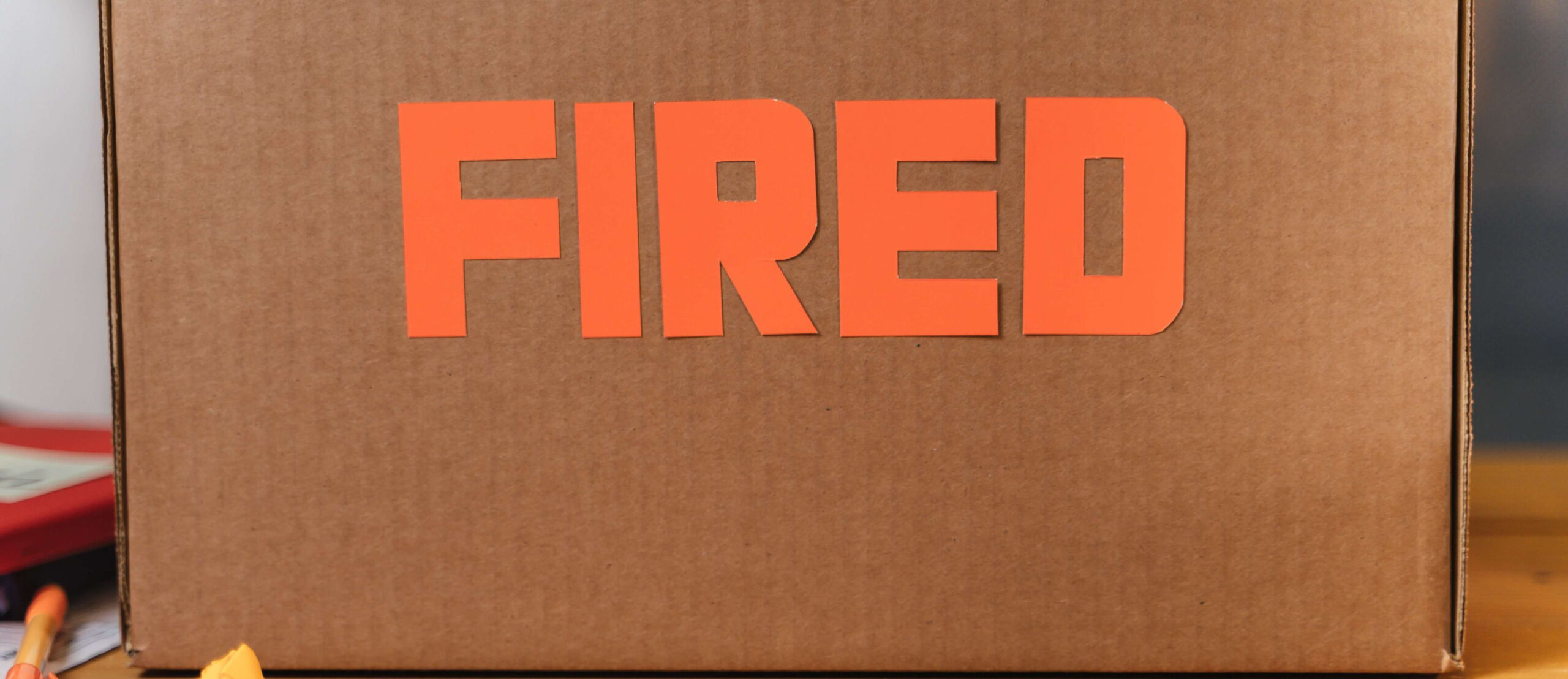Holidays can bring a powerful opportunity for PR teams to elevate the brands they represent and engage with key audiences. However, in the rush to capitalize on the news value of holidays – from Halloween to Veteran’s Day and Christmas – it’s easy to make mistakes.
By recognizing potential pitfalls and using a strategic approach, any PR team can elevate their campaigns, amplify brand visibility, and generate tangible earned media results throughout the calendar year. But it pays to adhere to the following rules of engagement when leveraging holidays for PR purposes.
Set clear goals and metrics
Any holiday is likely to be a competitive time, so it’s essential to set clear objectives and key performance metrics (KPIs). Without a full understanding of what they aim to achieve, the PR holiday campaign can lack direction and focus. That, in turn, will result in missed opportunities and suboptimal outcomes.
For example, is a Thanksgiving-themed opportunity meant to align a brand or service with that holiday to drive seasonal sales? Or, is it a campaign to position a business as a caring member of the community? And, yes, it can be both, but multiple objectives can mean the goals are diluted and the budget is strained. It’s important for PR teams to set goals and metrics from the onset to keep the brand aligned to the objectives.
Whether it’s increasing brand awareness, driving website traffic, or boosting sales, it’s instrumental to establish specific and achievable goals. Identify relevant metrics such as social media engagement, website conversions, or revenue attributed to earned coverage. Regularly monitor and analyze metrics to assess the effectiveness of the campaign and make data-driven adjustments as needed.
Dive into research and audience analysis
Each holiday brings unique associations, cultural nuances, and evolving consumer preferences. Neglecting to study the target audience can result in misalignment with target demographics and ineffective messaging. For example, New York declared Diwali, the Hindu festival of lights, a state holiday, and new legislation proposes to make it our twelfth federal holiday. But because this is new, PR pros need to consider how to align with Diwali and promote it with sensitivity and focus. Otherwise, they risk excluding a subsection of their target audience.
They should start with a deep dive into the target audience’s preferences, demographics, and psychographics. The research serves as a foundation for messaging that resonates with their interests and aspirations. Perhaps for a sustainability company looking at green lighting options, a holiday like Diwali could be leveraged for PR. The company can promote how to mark the holiday in a more sustainable way, considering low-wattage string lights, for example. Personalized content should speak directly to the holiday experiences of the intended audience. By understanding their needs and values, PR people can create campaigns that resonate deeply, establish a meaningful connection and drive engagement.
Avoid misaligned messaging
One of the most common failures of holiday PR campaigns is misaligned or unclear messaging. Holidays evoke specific emotions, values, and traditions. Neglecting these elements can result in a dissonance that fails to resonate with the audience. For example, a campaign centered around a holiday like Veterans Day might be out-of-sync with a B2B company trying to promote software without a bridge that connects the two entities. If the company is making a 20% donation based on new clients acquired at the end of November to support the Wounded Warrior Project® because the founder is a veteran, that would make sense. The PR plan must include messaging that reflects the holiday spirit and aligns with its meaning.
PR programs must tailor messaging to evoke appropriate emotions and reflect the holiday’s values. Ensuring content, visuals, and storytelling align with the theme and spirit of the occasion are essential.
Timing is everything
A common mistake in holiday PR campaigns is the failure to plan and execute well in advance. Especially for long-tail holidays like Thanksgiving and Christmas, it’s a bustling time for businesses, consumers, and the media. Competing for attention in a crowded marketplace requires careful planning and execution. PR people must be mindful of planning now for the holiday season so the last-minute scramble is minimized and valuable opportunities for coverage and exposure aren’t missed. For example, many brands are capitalizing on the new Barbie movie and betting that Barbie will still be hot by the fourth quarter. From back-to-school season through Halloween and Christmas, brands relevant to Barbie should be thinking now about creative ways to capitalize on Barbie-mania. Or, technology brands might plan now for ways to integrate with Google’s Santa Tracker, which in 2021 shared its code with developers to inspire them to create their own “magical experiences.”
A good PR plan includes a detailed timeline and identifies key milestones like content creation, media outreach, and social media promotions. Allocating sufficient resources and setting realistic deadlines to ensure the plan is well-executed and aligned with media and consumer timelines will go a long way in creating a memorable and effective campaign.
By avoiding common mistakes leveraging holidays, PR teams can ensure that campaigns connect with their target audiences and leave a lasting impact to support business results.
Be sure you’re signed up for our newsletter to gain valuable insights on how PR can elevate brand visibility.









